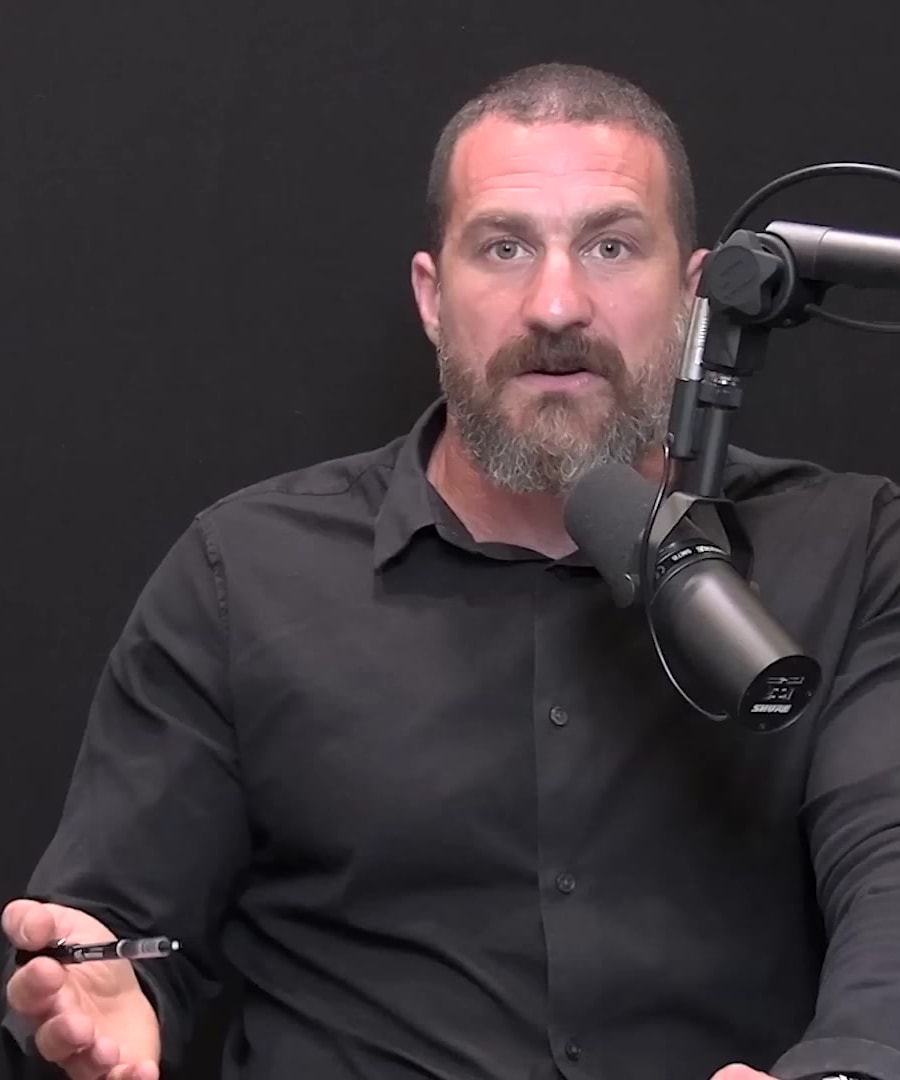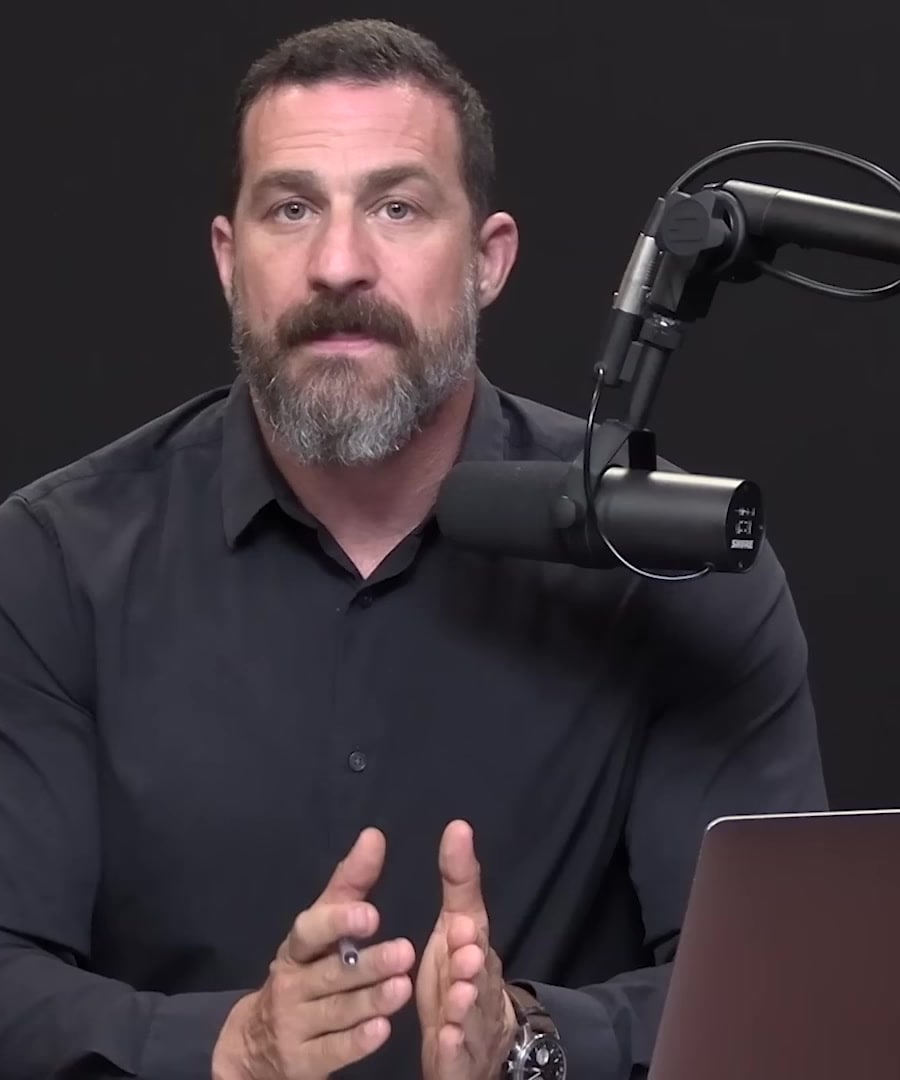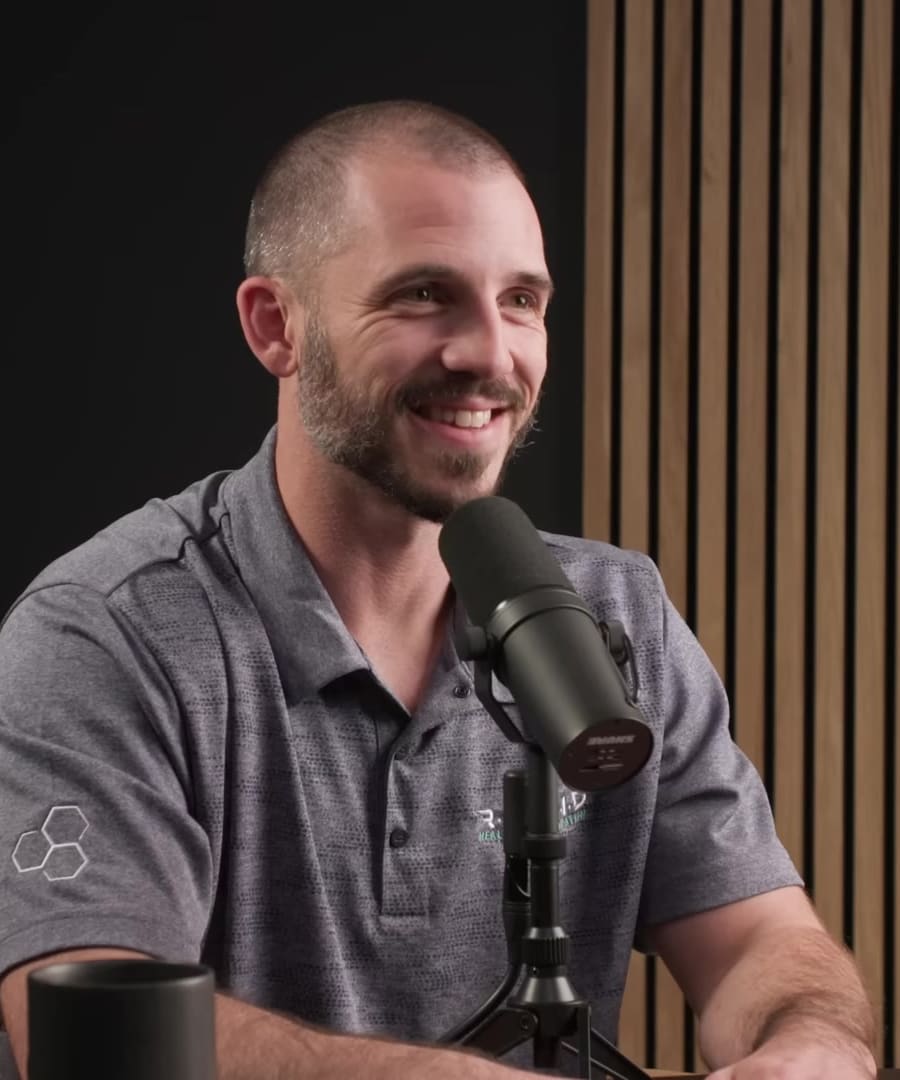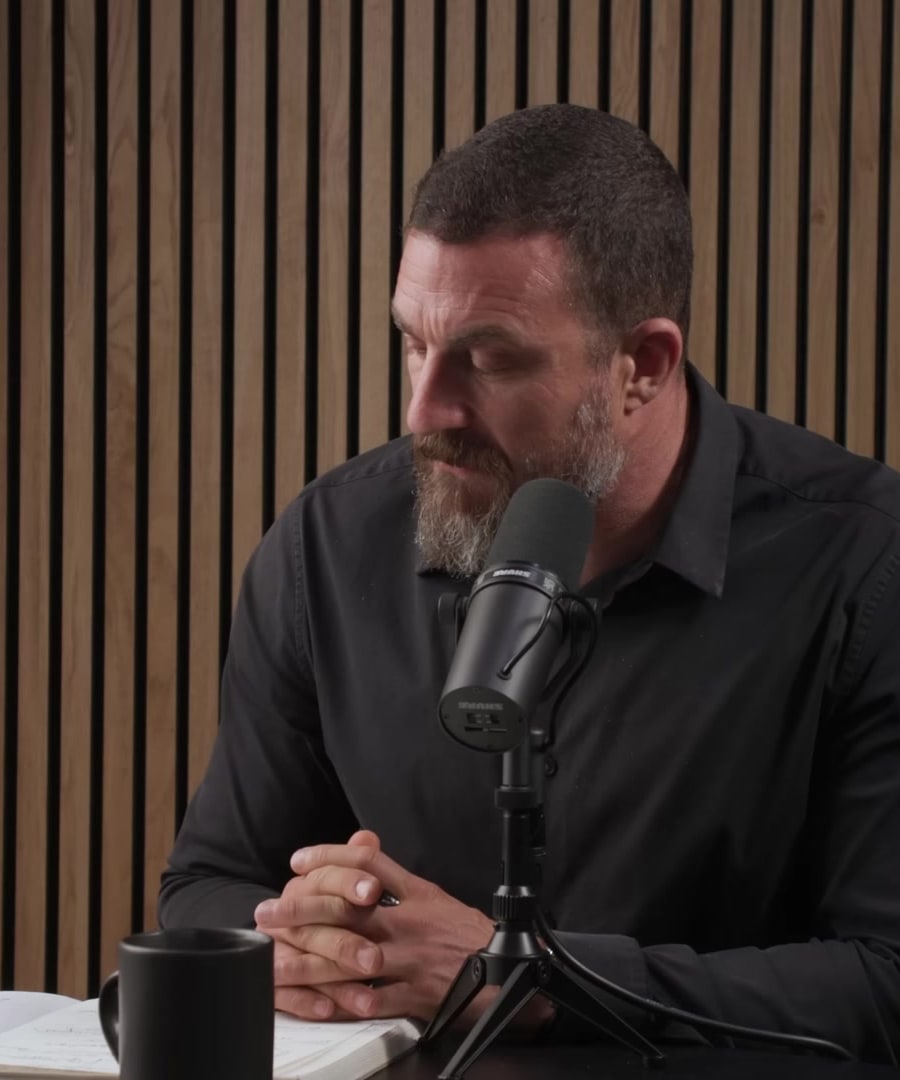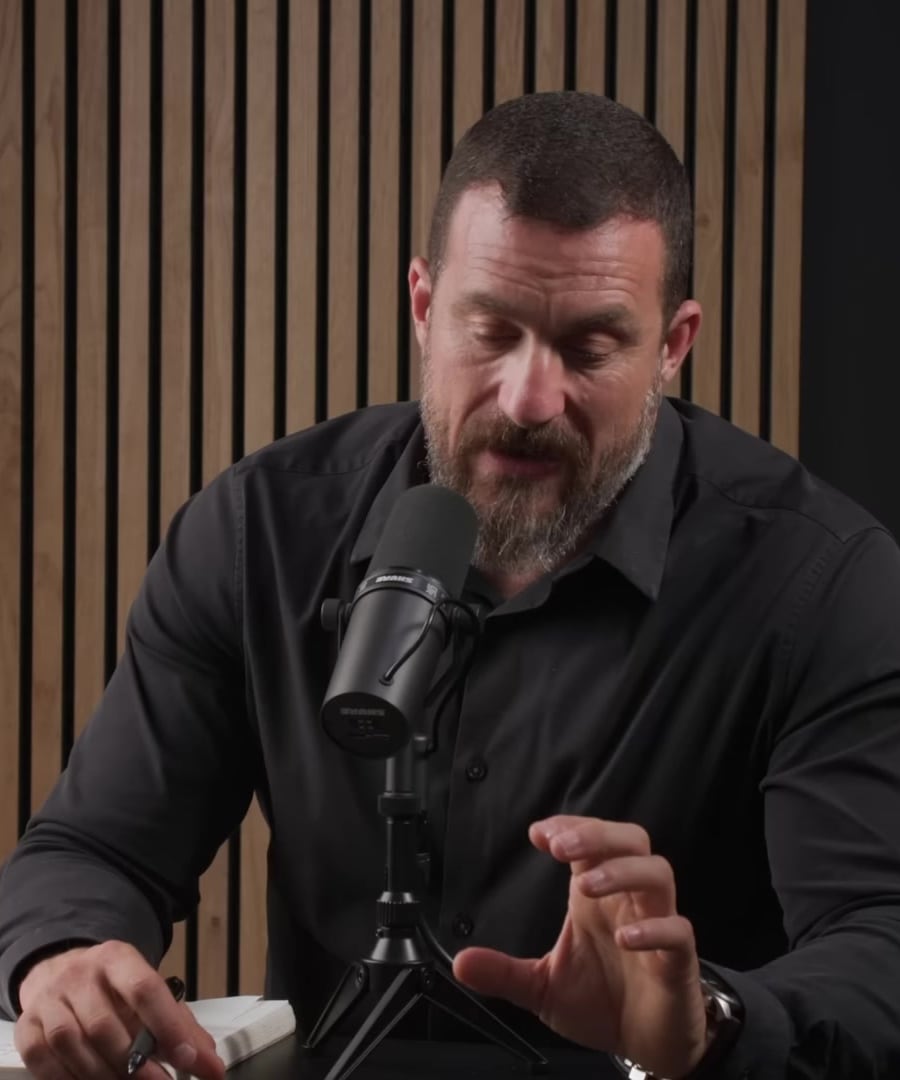Why is morning sunlight important?
Sources:
Morning sunlight plays an essential role in setting our circadian rhythms and promoting wakefulness. emphasizes that the natural bump in cortisol we experience in the morning due to exposure to sunlight is healthy and normal. This cortisol peak is essential for alertness and supports a healthy immune system. The timing of this pulse is vital, and it can be modulated by the timing of light exposure, especially sunlight to the eyes, soon after waking 1.
Exposure to morning sunlight also has beneficial effects on mood, alertness, physical health, and assists with falling and staying asleep at night. It suppresses melatonin, the hormone that makes us sleepy, supports proper metabolism, and sets a timer to help us fall asleep about 16 hours later 2.
In addition to morning light, obtaining sunlight in the eyes during different parts of the day can enhance its positive effects. For instance, mentions the importance of getting some sunlight in the eyes in the late afternoon and evening, as it can protect the nervous system against the disruptive effects of artificial light at night 3.
Overall, making an effort to get sunlight exposure, ideally the morning sunlight as well as some light in the late afternoon and evening, is recommended for better mental health, physical health, and performance. This practice is deeply rooted in science and is not replaceable by artificial light after the sun has risen or via screens or windows 4.
RELATED QUESTIONSwhat did galpin say about hypertrophy protocols (optimal)
It appears there is no specific data on hypertrophy protocols or comments made by someone named Kevin T. George Galpin or similar in the database. It is possible that this person has not been featured or such a topic has not been discussed in detail during an episode. If you have additional context or if this is regarding another person who discussed hypertrophy protocols on the podcast, kindly clarify or provide more details, and I will assist further.
RELATED QUESTIONSCan you share tips on hypertrophy training?
Sources:
Here are some key tips and insights on hypertrophy training from the :
-
Exercise Choice and Consistency:
- Target all major, secondary, and minor muscle groups through exercises you can perform safely and with enough intensity. Consistency in exercise choice outshines variation, so repeat exercises across workouts 1.
-
Training to Failure:
- Train to failure but avoid extreme failure. Get close to failure to ensure stress and metabolic pumping but do not require assistance to complete your sets 2.
-
Wide Range of Approaches:
- Hypertrophy can be achieved through various styles of training due to its broad range of applications, contrasted with the specificity needed for strength and power 3.
-
Cardiovascular Exercise:
- Combining cardiovascular training with hypertrophy is possible if the total energy intake is balanced and endurance exercises do not cause excessive muscle damage, especially through eccentric movements. Higher-intensity cardio is also acceptable if not overly strenuous 4.
-
Muscle Training Frequency:
- Training each muscle group about twice per week can be beneficial, once directly and once indirectly during another workout or endurance session 5.
-
Rep Cadence:
- A rep cadence of 311 (three seconds eccentric, one second pause, one second concentric) or 312 can be effective for hypertrophy. Slower repetitions or time under tension can be adjusted to compensate for lighter weights or less equipment 6.
These tips should provide a solid foundation for constructing a hypertrophy-focused training regimen. Remember to personalize your program based on your goals, preferences, and recovery capacity.
RELATED QUESTIONS-
Why is morning sunlight important?
- RELATED QUESTIONS
what did galpin say about hypertrophy protocols (optimal)
- RELATED QUESTIONS
Can you share tips on hypertrophy training?
- RELATED QUESTIONS

